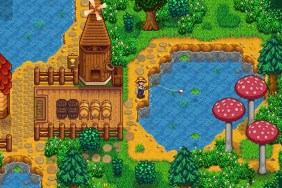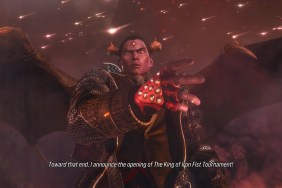Too Japanese for its own good.
NIS America has built a reputation on developing and bringing to the US and Europe the most Japanese games they can possibly get away with… games like Danganronpa, Disgaea, Cladun: This Is An RPG, Holy Invasion of Privacy Badman: What Did I Do To Deserve This?, and so many other wacky games. Basically, their existence reminds us all to slap our hands on our hips in sitcom fashion and say “Oh, Japan…” out loud to our friends on a laugh track. It’s almost as if their goal is to be as unlike any other developer/publisher as possible.
And with that said, at least those games were all established genres. Because with Touhou Genso Rondo: Bullet Ballet they’re combining what I didn’t know could be combined: one-on-one fighting and bullet-hell shooters. It’s probably the single-most “Oh, Japan” game I’ve ever played (with the exception of the greatness that is Cho Aniki).
Like every bullethell shooter of the past (ever?), Bullet Ballet is packed with sparkling firepower from the word “go”. With ten characters to choose from, each with a different style and specialty, the goal is basically to shoot your opponent to death in a circular battlefield, in battles referred to as “danmaku”. I don’t see this acclimating to fighting game fans—it’s not a “true” fighting game, 2D or 3D or otherwise. It’s more like a heads-up match in Smash TV, which in theory sounds awesome.
And, like Japan does, it truly is bullethell. Playing a round will remind any shooter fan of their favorite vertical shooter, particularly if you grew up with the fantastic Psikyo lineup like Strikers 1945. Simply take that formula and focus your guns on a single target, turn them like a dial, and you have the danmaku in practice. Each character has a set of unique attacks, a main weapon/sub-weapon/bomb/”special melee” mix that’s expanded by either slowing or speeding up your fighter, giving a lot of variety to the available arsenal of anyone chosen. Speeding up and slowing down come with their own trade-offs of course, but it adds a level of depth that otherwise would be just shooting and circling.
There’s also a Charge meter that goes up to five levels, each with a length of time and life bar for using what’s basically a “boss” attack. Every character has a “boss” mode, or “Spell,” to be used when the first level of the Charge meter is reached. All characters have the ability to play the part of the boss—overpowered and the central focus of the firefight—which can be activated once the first level is reached. Being the boss does limit your movement, so while you’re temporarily overpowered, you’re a sitting target easily hit by your opponent, person, or computer. So it’s good to use it at the correct time… especially if you save it to give yourself a second chance at survival before the last of your life bar is gone.
Each character comes with a unique story, just enough to have them fight a bunch of their friends or rivals in sequence—chasing after magic books, luring someone away from a surprise party, even planning their own tournament for the sake of fighting. It’s all very convenient, doesn’t take itself very seriously, and that’s all well and good. Whatever keeps these girls fighting, I guess. And the Arcade mode is the expected stream of “fight as many as you can before you’re outmatched” idea with a steady-pace incline of difficult opponents. The Story modes can come off easy with a character that fits a particular style, while others can feel frustratingly limited, but the Arcade mode seems to handle overall difficulty just fine.
There’s also Boss Mode, a “boss” rush in a more traditional bullethell fight. Since these are powered-up versions of other characters, it’s definitely more challenging, and occasionally feels unfair since there’s a sharp increase of the number of bullets they’re generating compared to the player. It’s still a welcome challenge, if a higher one. These matches do tend to be shorter, and maybe an even more traditional battle would’ve been better since the wall of bullets still comes from the individual character’s multiple spread options, but it makes sense as a mode.
The limited number of available characters—ten for all modes, eleven if you download the additional character—does cut down on the diversity of the fights, and they can grow stale once you recognize a set of patterns and possibilities. More characters could lead to a fresher-feeling game, whereas playing the Story mode more than twice is like performing a favorite chore: You don’t mind it per se, but there’s not much interesting to add. Having only a few sets of readable patterns means when I recognize a character I’ll only need a second to remember what they can do, and I hate a telegraphed fight. Human players are better, I know, but it grows stale. The stories for each character are basically filler, so they don’t provide that same drive to play through multiple times.
And the visuals and audio don’t help much either. The Story mode plays the same three or so songs over and over again, and the battle tracks are forgettable at best and forgettable at worst (so they're just forgettable!), with the “upbeat” Story track being the equivalent of a bouncing puppy video on a 15-second loop. The multi-colored bullets look fine, and when it gets hectic it looks like a cool fireworks display, but the characters look torn from a PS2-era shooter when 3D polygons were detailed, awkwardly sharp, and blocky. They’re okay and small enough in-game that they’ll blend in and become a colorful small hitbox, but they have a bland look to them if you focus too hard in front of you.
I can see this being a fun distraction for fans of online competition, but I worry it could be “too Japanese” for a Western audience to take seriously, even from NIS. It’s not really “bad” or anything; it’s just too niche for its own good. I found some enjoyment in it, but after a few times playing through the story, it felt more tedious than anything. There’s not enough here to make me want to strive for greatness. Maybe if the devs had strived for it first, I would’ve stayed glued to my controller a bit longer.
-
Interesting concept and decent execution
-
Cheesy character stories
-
A new bullet-hell released in the US
-
“Play as a boss” mechanic and Boss Mode
-
Underwhelming presentation
-
Small character roster
-
Now I really want a Smash TV reboot
Touhou Genso Rondo: Bullet Ballet screens
-
Touhou Genso Rondo: Bullet Ballet screens #1
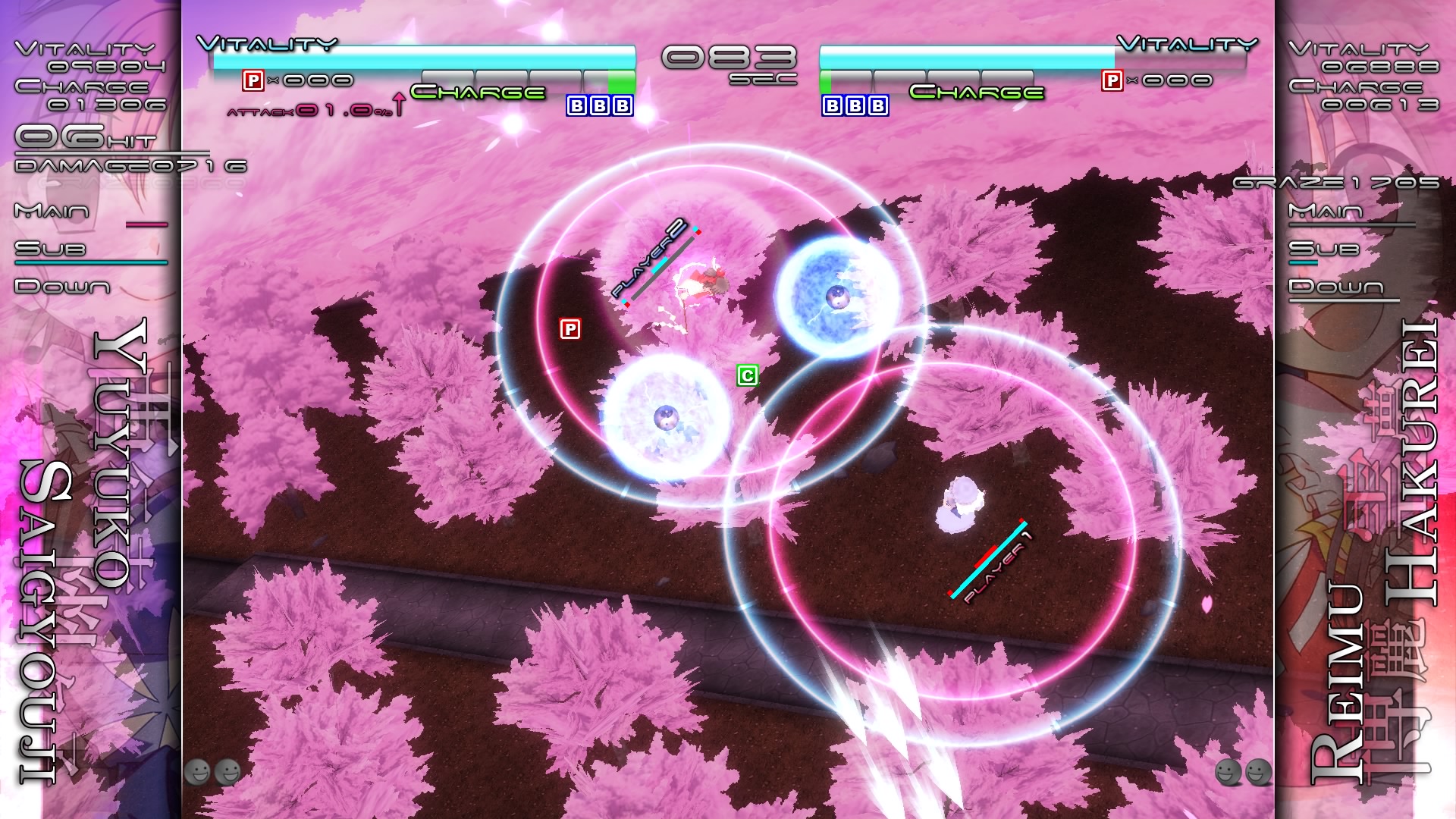 (Click to enlarge)rn
(Click to enlarge)rn -
Touhou Genso Rondo: Bullet Ballet screens #2
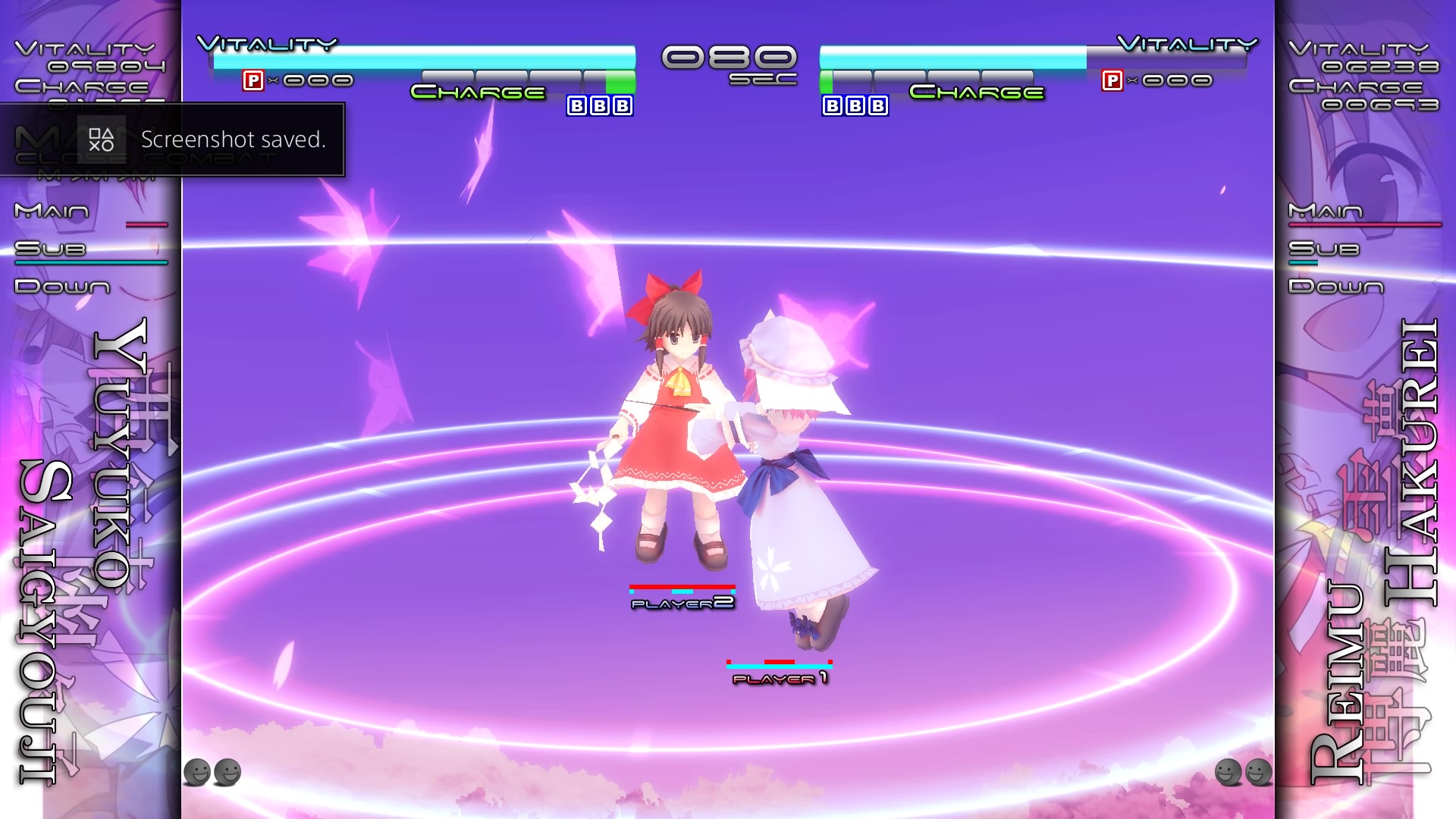 (Click to enlarge)rn
(Click to enlarge)rn -
Touhou Genso Rondo: Bullet Ballet screens #3
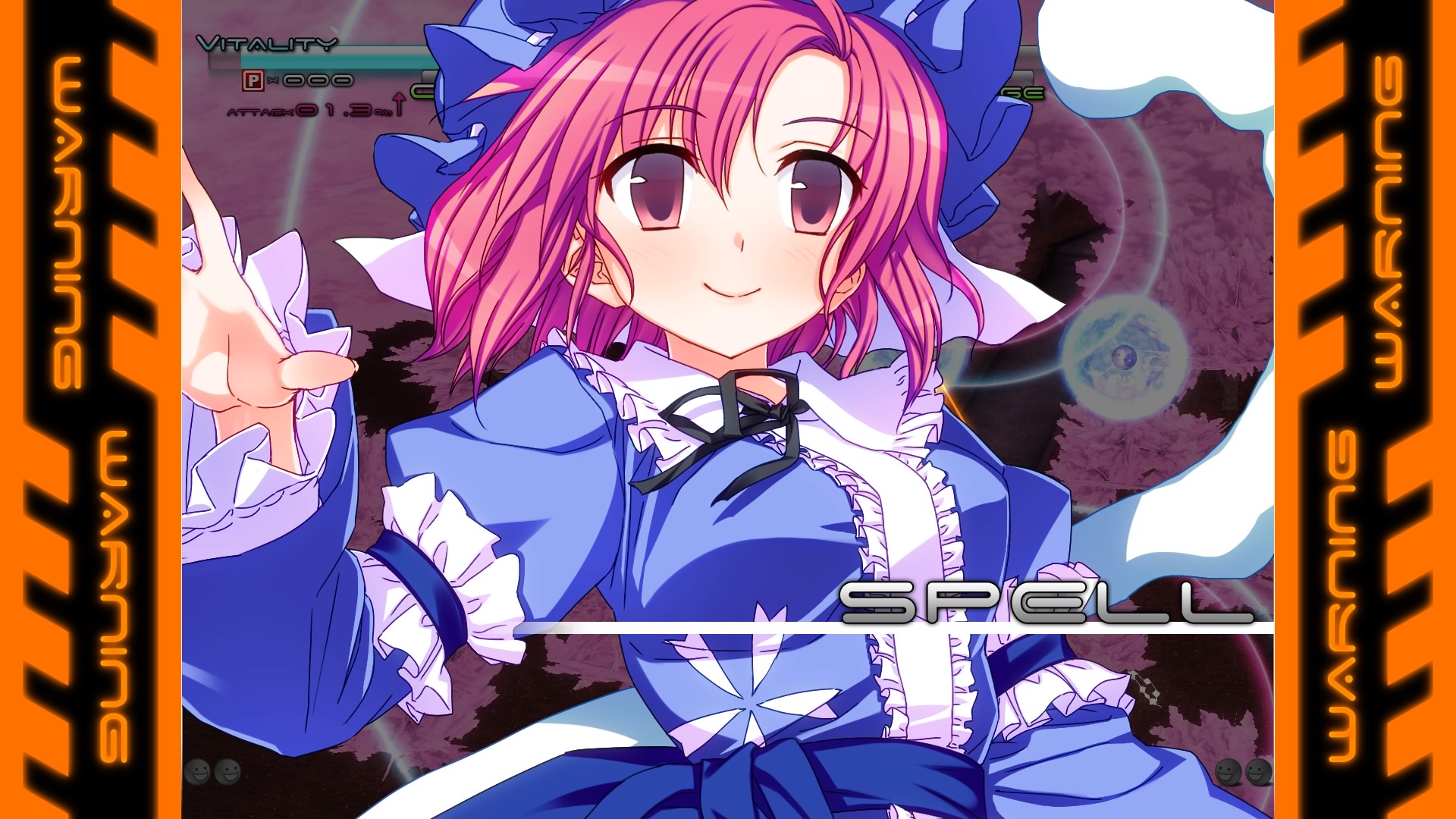 (Click to enlarge)rn
(Click to enlarge)rn -
Touhou Genso Rondo: Bullet Ballet screens #4
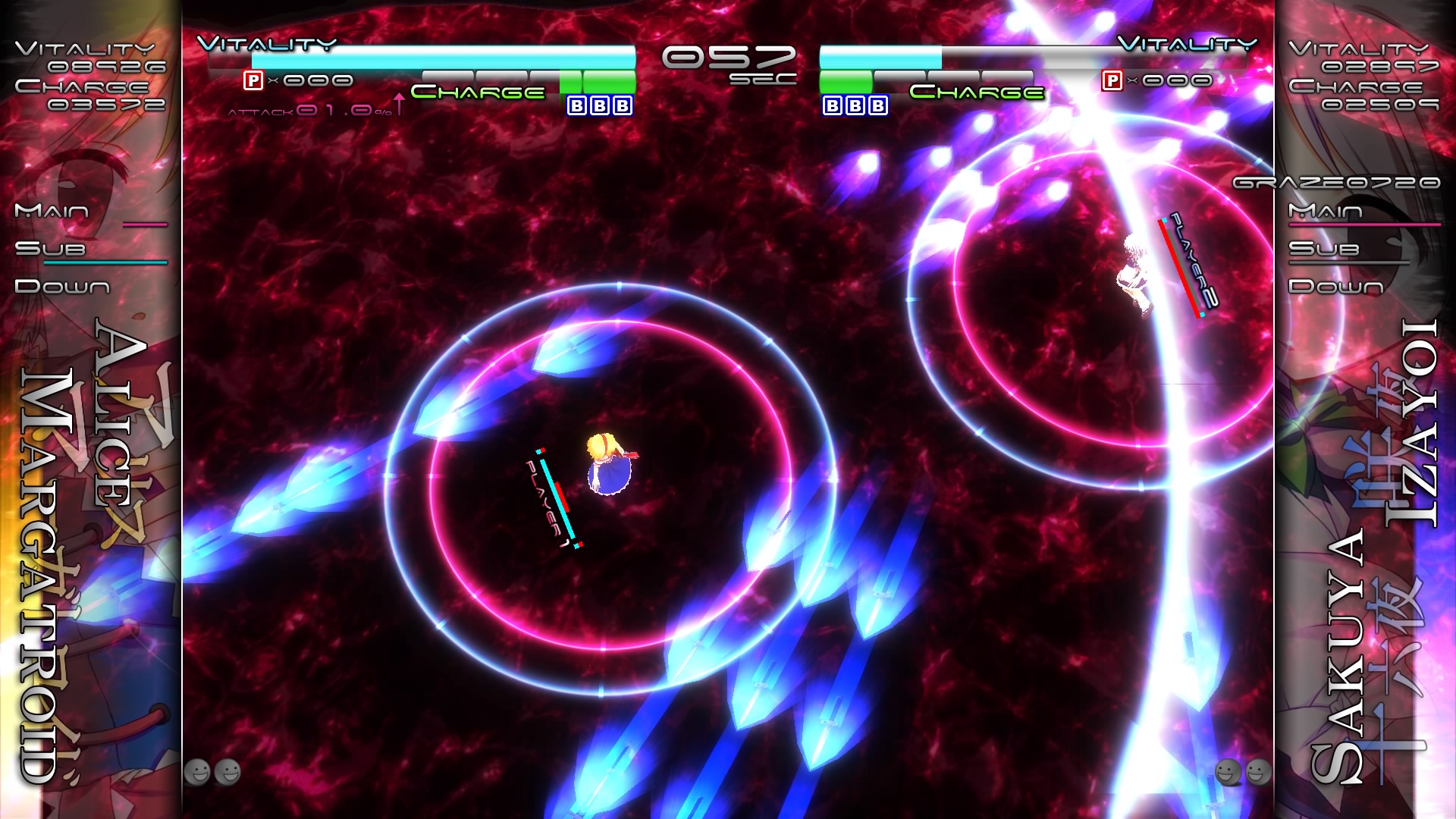 (Click to enlarge)rn
(Click to enlarge)rn -
Touhou Genso Rondo: Bullet Ballet screens #5
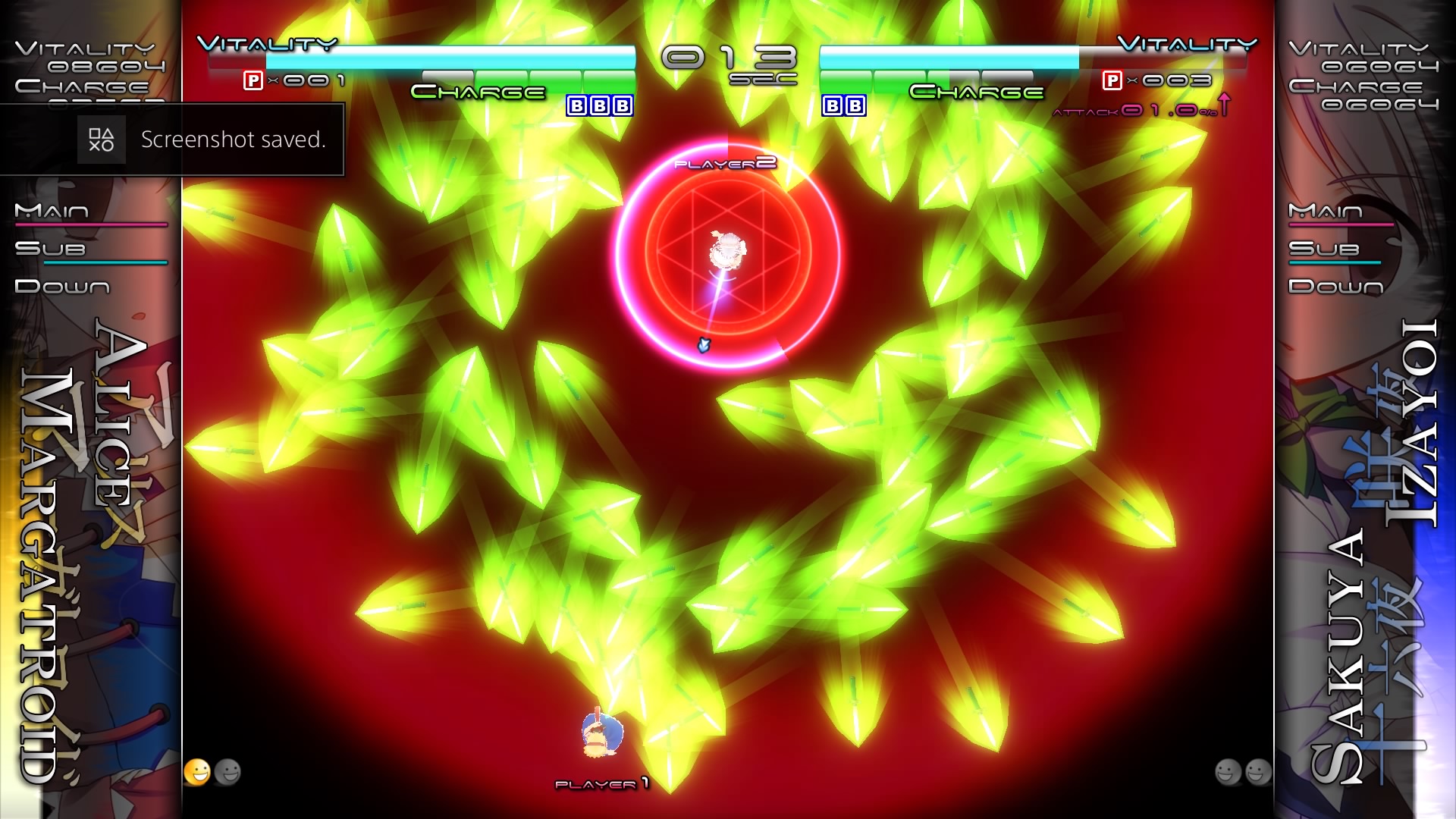 (Click to enlarge)rn
(Click to enlarge)rn -
Touhou Genso Rondo: Bullet Ballet screens #6
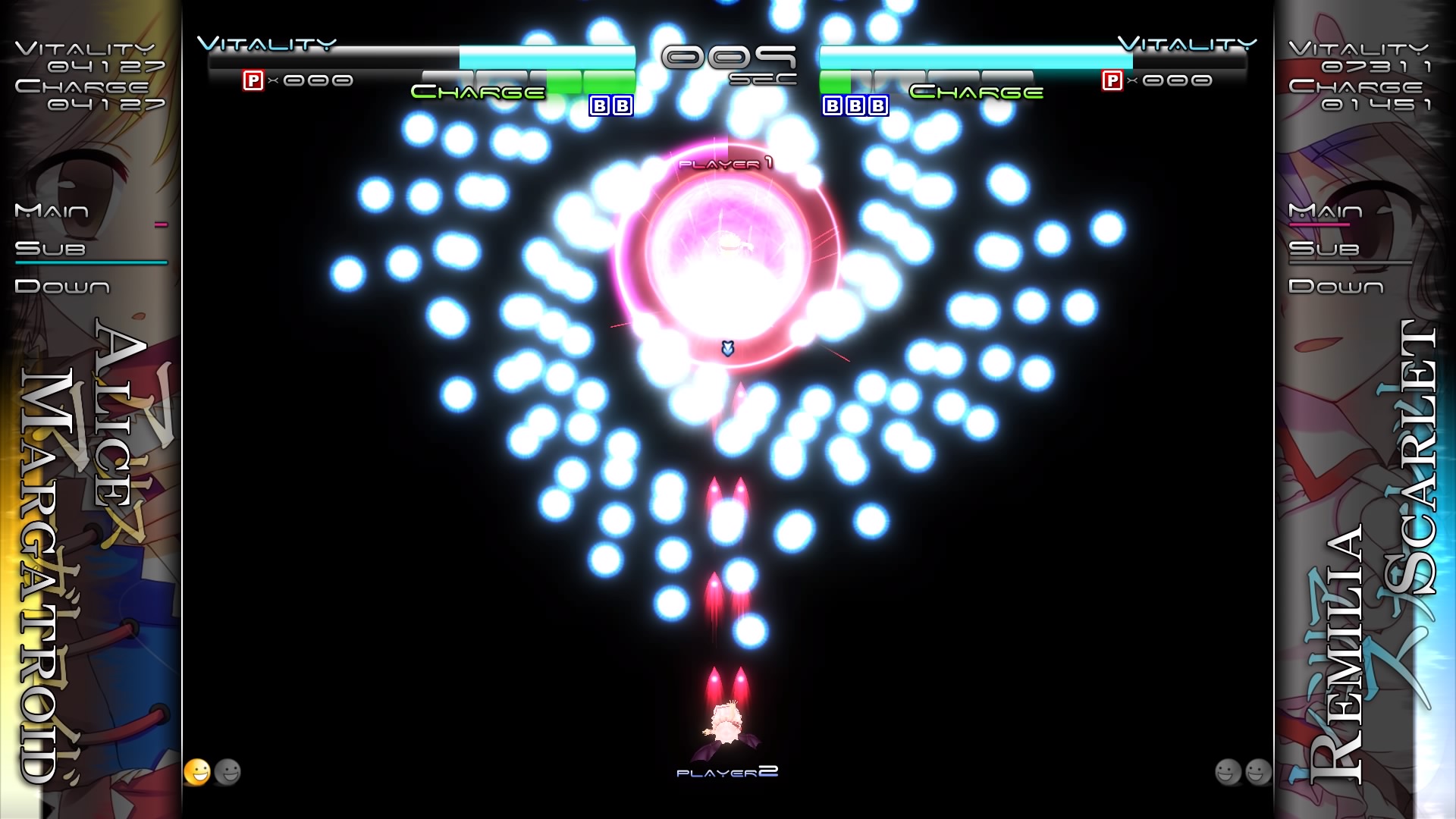 (Click to enlarge)rn
(Click to enlarge)rn -
Touhou Genso Rondo: Bullet Ballet screens #7
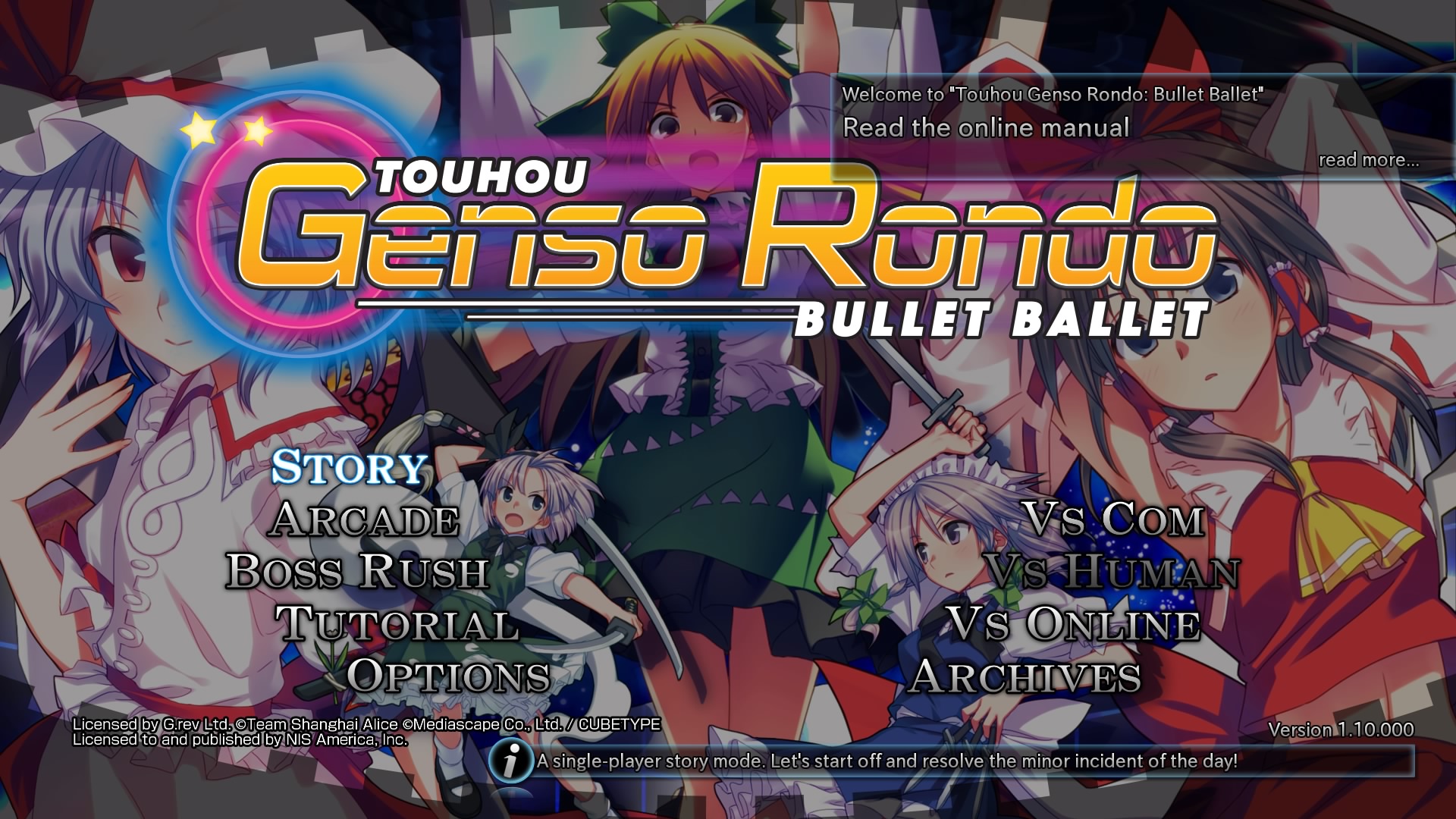 (Click to enlarge)rn
(Click to enlarge)rn








